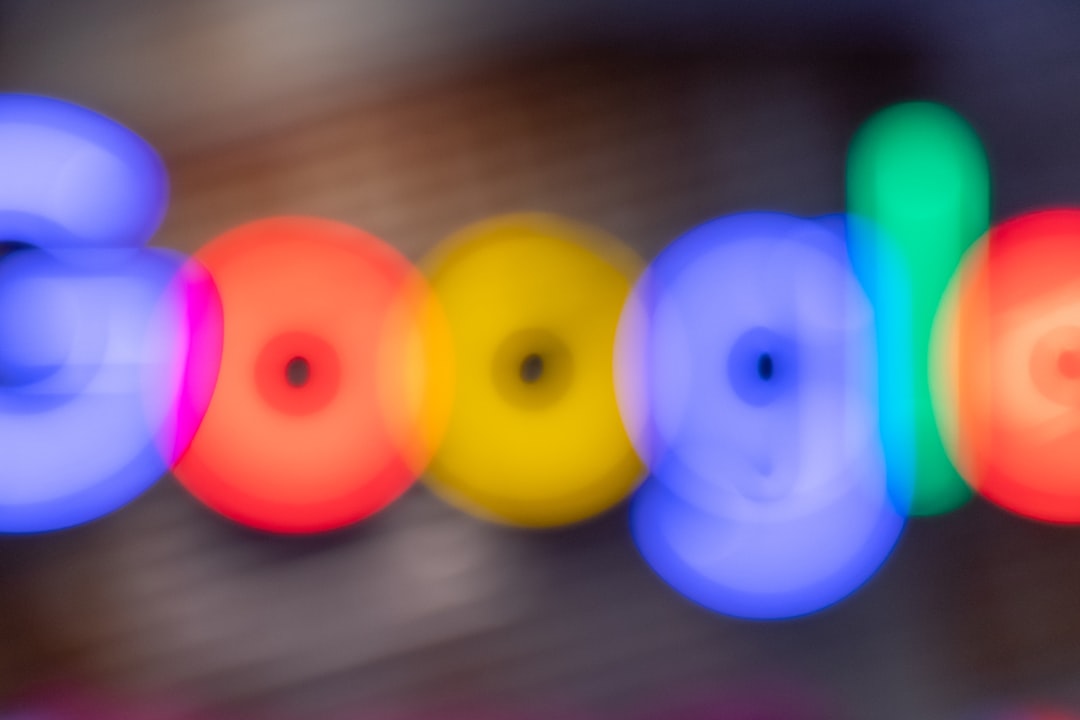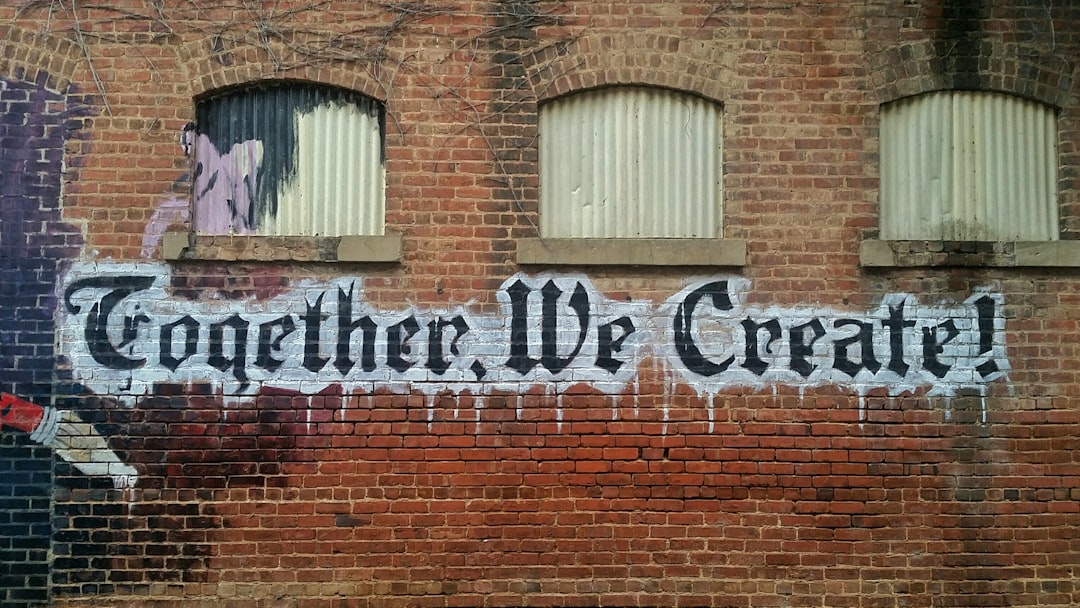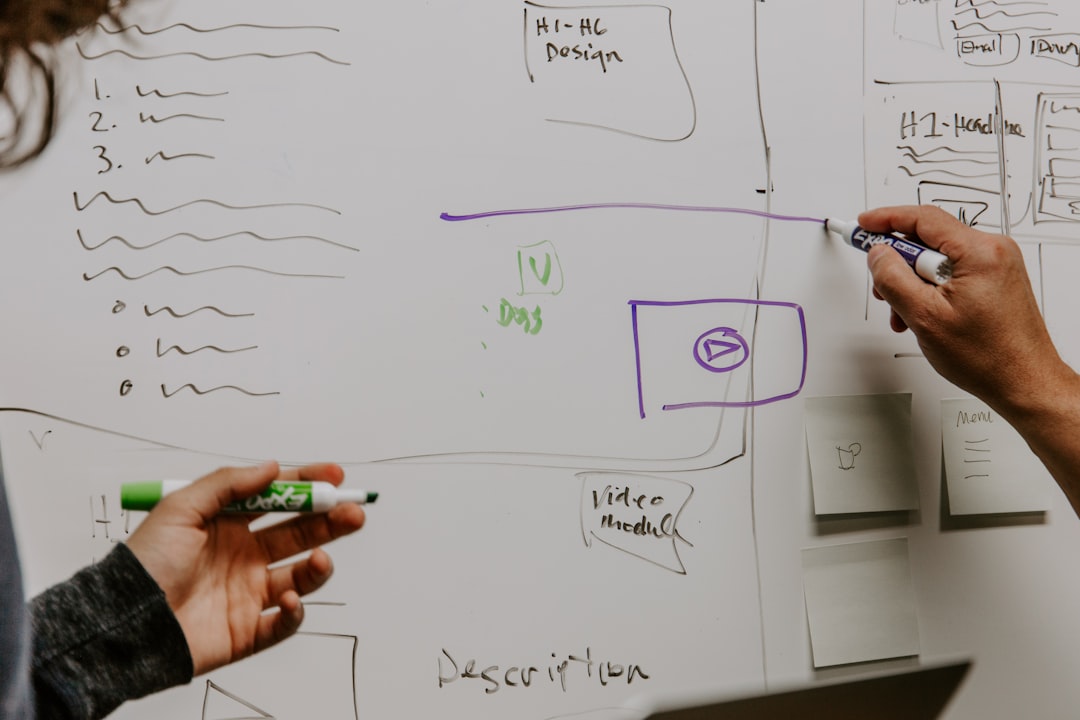AI-Driven Web Design: Revolutionizing the Industry
The Advantages of AI-Driven Web Design
In recent years, Artificial Intelligence (AI) has become a game-changer in the web design industry. AI-driven web design is revolutionizing the way websites are created and developed, bringing with it numerous benefits for businesses and users alike. This article delves into the world of AI-driven web design, exploring the ways in which it is changing the industry and the advantages it offers.
Web design has come a long way from its early days of basic HTML pages with simple graphics. Today, web design involves creating complex and interactive websites that offer an engaging user experience. AI-driven web design takes this a step further by leveraging machine learning algorithms to design and develop websites that are optimized for performance, user engagement, and search engine rankings.

Photo by John Schnobrich / Unsplash
Personalized User Experience
One of the most significant advantages of AI-driven web design is its ability to generate personalized user experiences. AI algorithms analyze user behavior and preferences, creating websites that are tailored to individual user needs. This helps to improve user engagement and increase conversions. Personalized experiences can be created in different ways, including customized content, product recommendations, and personalized marketing messages. By using AI-driven web design, businesses can ensure that users are more likely to engage with their website and return to it in the future.
Optimized Content for SEO
Another significant advantage of AI-driven web design is its ability to optimize content for search engine rankings. AI algorithms analyze search engine algorithms and user behavior to create content that is more likely to rank well in search engine results pages (SERPs). This can significantly improve a website's visibility and traffic, leading to increased conversions and revenue. AI can help to identify relevant keywords, create meta tags, and develop content strategies that are more likely to rank well in SERPs. By using AI to optimize content for SEO, businesses can increase their online presence and attract more potential customers.
Faster Development Time
AI-driven web design can also significantly reduce development time. Traditional web design involves a lengthy process of designing, developing, and testing a website. AI algorithms can automate many of these processes, allowing web designers to focus on creating more engaging and innovative designs. This can help to reduce development time and costs, allowing businesses to launch their websites faster. Additionally, AI can help to identify and fix errors and bugs more quickly, leading to a more efficient and streamlined development process.
Examples of AI-Driven Web Design
There are several examples of AI-driven web design in use today. One such example is The Grid, a website builder that uses AI to design and develop websites. The Grid uses machine learning algorithms to analyze user behavior and preferences, creating websites that are optimized for user engagement and search engine rankings. Another example is Wix ADI, a website builder that uses AI to create personalized websites based on user data and preferences. Wix ADI is able to analyze a user's industry, brand, and preferences, and generate a website that is optimized for their needs.

Photo by Mitchell Luo / Unsplash
Ways AI is Changing Web Development
AI is set to revolutionize web development in several ways. One significant way is by automating many of the processes involved in web development, such as coding, testing, and debugging. AI algorithms can also help to improve website security by identifying and mitigating potential security threats. For example, AI can analyze website traffic to identify suspicious activity, and prevent cyber attacks. Additionally, AI can help to improve website accessibility by analyzing user behavior and preferences, and creating websites that are more accessible to users with disabilities. By using AI to automate processes, improve security, and enhance accessibility, businesses can develop websites that are more efficient and user-friendly.
AI is also set to play a significant role in improving the user experience by making websites more intuitive and user-friendly. For example, AI can analyze user behavior and preferences to create a more personalized and intuitive user interface. AI can also help to create more engaging and interactive designs, such as chatbots and virtual assistants, which can help users to navigate websites more easily and find the information they need.
Another way that AI is changing web development is through its ability to analyze and predict user behavior. By analyzing data on user behavior and preferences, AI algorithms can help businesses to understand their customers better and create more targeted marketing campaigns. For example, AI can help businesses to identify which products are most popular among their customers, and create targeted marketing campaigns to promote those products.
Conclusion
In conclusion, AI-driven web design is revolutionizing the way websites are created and developed. AI algorithms can create personalized user experiences, optimize content for search engine rankings, and reduce development time and costs. Examples of AI-driven web design include The Grid and Wix ADI. AI is set to revolutionize web development by automating processes, improving security, enhancing accessibility, and creating more intuitive and user-friendly websites. As the web design industry continues to evolve, AI-driven web design will undoubtedly play a significant role in shaping its future. Businesses that embrace AI-driven web design can gain a competitive advantage by creating websites that are more engaging, efficient, and effective.
FAQ
What is AI-driven web design?
AI-driven web design refers to the use of machine learning algorithms to design and develop websites that are optimized for performance, user engagement, and search engine rankings. AI algorithms analyze user behavior and preferences to create personalized user experiences, optimize content for search engine rankings, and reduce development time and costs.
What are the advantages of AI-driven web design?
AI-driven web design offers several advantages, including personalized user experiences, optimized content for SEO, and faster development time. By leveraging AI algorithms, businesses can create websites that are tailored to individual user needs, rank higher in search engine results pages, and are developed more quickly and efficiently.
How is AI changing web development?
AI is set to revolutionize web development by automating many of the processes involved in web development, improving website security and accessibility, and creating more intuitive and user-friendly websites. AI algorithms can analyze user behavior and preferences to create more targeted marketing campaigns, predict user behavior, and create more engaging and interactive designs.
Are there any downsides to AI-driven web design?
One potential downside of AI-driven web design is the risk of creating websites that are too similar to each other. AI algorithms can sometimes create designs that lack creativity and originality. Additionally, AI algorithms can sometimes make mistakes, such as misinterpreting user behavior data or generating low-quality content. However, these risks can be mitigated by using AI in conjunction with human designers and developers, and by regularly monitoring and optimizing AI-driven websites.

Photo by Nick Morrison / Unsplash

